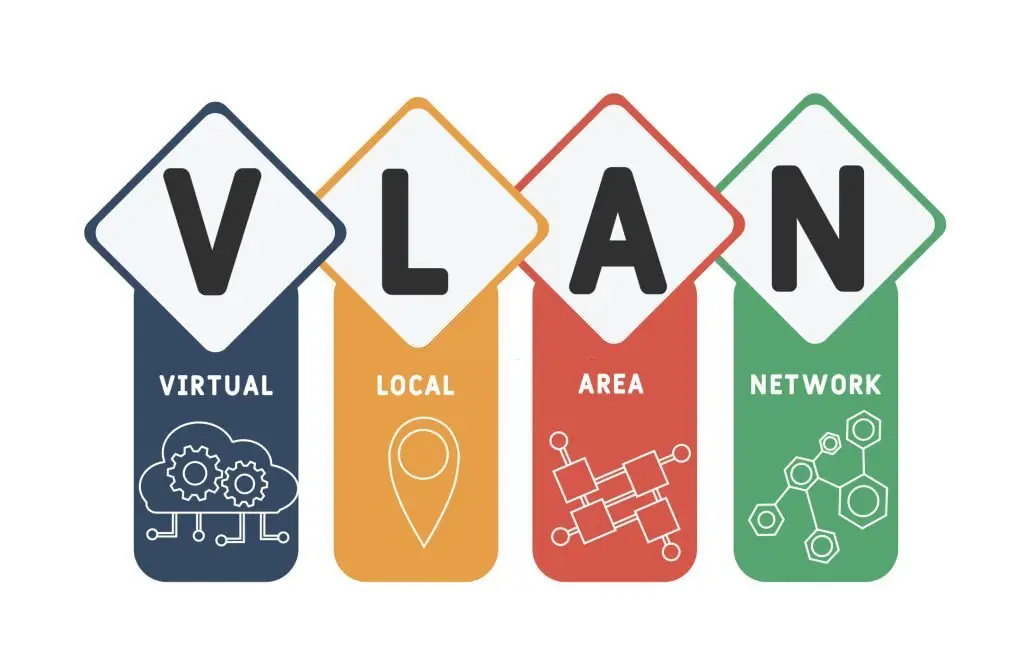IPTV VLAN As the demand for high-quality digital media content continues to grow, Internet Protocol Television (IPTV) has become a popular option for viewers worldwide. With the ability to stream live TV channels, on-demand content, and exclusive programming, IPTV is revolutionizing the way people consume media.
However, with this growing popularity comes a need for a deeper understanding of the technology, including the use of IP-TV VLANs. In this article, we’ll explore what IP-TV VLANs are, how they work, and why they’re important.
What is IPTV?
Before we dive into IP-TV VLANs, let’s first define what IPTV is. IPTV stands for Internet Protocol Television, which is a system that delivers television programming and other video content using an Internet protocol (IP) network. In other words, IPTV allows you to watch TV through an internet connection rather than traditional cable or satellite.
IPTV uses a technology called streaming, which sends digital data over the internet in small packets. These packets are then reassembled into video and audio by a set-top box or other devices. IPTV can be delivered in several ways, including live television broadcasts, video-on-demand (VOD), and time-shifted television (TSTV).
What is a VLAN?
A VLAN, or Virtual Local Area Network, is a logical grouping of devices on a network. VLANs are used to separate network traffic into different segments based on various factors, such as function, location, or security.
VLANs allow network administrators to create virtual networks within a physical network, which can help improve network performance, security, and management.

What is an IPTV VLAN?
An IP-TV VLAN is a VLAN that is specifically configured to handle IPTV traffic. In an IPTV system, a VLAN is used to separate the IPTV traffic from the rest of the network traffic. This is done for several reasons, including improving network performance, reducing network congestion, and enhancing security.
An IPTV VLAN is typically configured to carry both unicast and multicast traffic. Unicast traffic is traffic that is sent from one device to another, while multicast traffic is traffic that is sent from one device to multiple devices at the same time. In an IPTV system, multicast traffic is used to deliver live TV broadcasts to multiple viewers simultaneously.
Why is an IPTV VLAN important?
An IPTV VLAN is important for several reasons. First, it helps improve network performance by reducing network congestion. By separating IPTV traffic from other network traffic, an IPTV VLAN ensures that the IPTV traffic has the bandwidth it needs to deliver high-quality video and audio.
Second, an IPTV VLAN enhances network security by isolating IPTV traffic from other network traffic. This can help prevent unauthorized access to IPTV content and protect the network from security threats.
Finally, an IPTV VLAN makes it easier to manage the network by allowing network administrators to configure and monitor IPTV traffic separately from other network traffic. This can help simplify network management and troubleshooting.
How does an IPTV VLAN work?
An IPTV VLAN works by separating the IPTV traffic from the rest of the network traffic using VLAN tagging. VLAN tagging is a method of labeling network traffic so that it can be identified and separated by network devices.
In an IPTV system, the IPTV traffic is tagged with a VLAN ID that corresponds to the IPTV VLAN. This VLAN ID is then used by network devices to identify and route the IPTV traffic to the appropriate devices, such as set-top boxes or other IPTV devices.
Conclusion
In conclusion, IPTV VLANs are an essential component of any IPTV system. By separating IPTV traffic from other network traffic, an IPTV VLAN can help improve network performance, enhance

